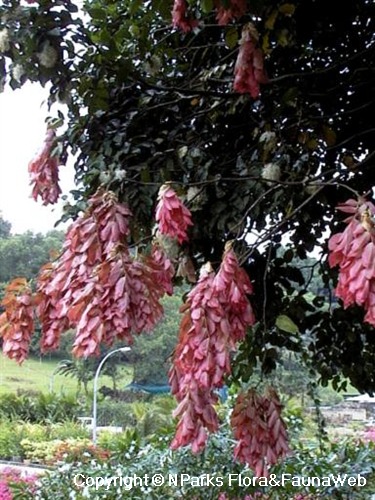
Back
Cynometra lenticellata (C.T.White) Rados.
| Family Name: | Fabaceae (Leguminosae) |
| Synonyms: | Maniltoa lenticellata C.T.White |
| Common Name: | Cascading Bean, Cascading Maniltoa, Pink Maniltoa, Silk Handkerchief Tree |
Name
Classifications and Characteristics
| Plant Division | Angiosperms (Flowering Seed Plants) (Dicotyledon) |
|---|---|
| Plant Growth Form | Tree |
| Lifespan (in Singapore) | Perennial |
| Mode of Nutrition | Autotrophic |
| Plant Shape | Rounded |
| Maximum Height | 10 m to 22 m |
Biogeography
| Native Distribution | New Guinea, Australia (northern Queensland) |
|---|---|
| Native Habitat | Terrestrial (Primary Rainforest) |
| Preferred Climate Zone | Tropical |
| Local Conservation Status | Non-native (Horticultural / Cultivated Only) |
Description and Ethnobotany
| Others - Plant Morphology | Tree, usually 10-12m under cultivation, although may reach up to 22m height in native vine or rainforests. Crown rounded, semi-deciduous, especially attractive when covered by young flush.Leaves compound, 2-4 asymmetrical leaflets. New leaves first develop within large foliar buds covered with papery scales, before emerging as pale or shiny bright pink juvenile leaves that mature to pinkish-brown and then green in a period of a few days. Young leaves hang down in limp casading tassels, thus the common moniker - handkerchief tree. Flowers creamy-white with filamentous stamens topped by yellow anthers, densely covered by rusty-brown hairs when young, produced in terminal clusters simultaneously with emergence of young leaves, fruity-scented, pollinated by bees and bats, and shed within a few days. Fruits are woody pods, relatively small (2 - 5cm long), somewhat flattened, with 1 - 2 seeds.Can be planted in parks or along roads for showy young flush, although flushing is often asynchronous -- adjacent trees and even same branch on a single tree may produce new flushes at different times.Genus epithet Maniltoa is of uncertain origin, probably derived from plant's native name in one of the Malesian / Papuasian dialects. The distinctive pink foliar flush of Maniltoa lenticellata differentiates it from other Maniltoa species (eg. Maniltoa browneoides), which have whitish young flush instead. |
|---|
Landscaping Features
| Desirable Plant Features | Ornamental Flowers, Ornamental Foliage, Fragrant (Flowers) (Day) |
|---|---|
| Landscape Uses | General, Suitable for Roadsides |
| Thematic Landscaping | Naturalistic Garden |
Fauna, Pollination and Dispersal
| Pollination Method(s) | Biotic (Fauna) |
|---|
Plant Care and Propagation
| Light Preference | Full Sun |
|---|---|
| Water Preference | Moderate Water |
| Plant Growth Rate | Moderate |
| Rootzone Tolerance | Fertile Loamy Soils, Well-Drained Soils |
| Maintenance Requirements | Moderate |
| Propagation Method | Seed, Stem Cutting |
Foliar
| Foliage Retention | Drought / Semi-Deciduous |
|---|---|
| Mature Foliage Colour(s) | Green |
| Mature Foliage Texture(s) | Smooth, Glossy / Shiny |
| Prominent Young Flush Colour(s) | Pink |
| Foliar Type | Compound (Even-Pinnate) |
| Foliar Arrangement Along Stem | Alternate |
| Foliar Shape(s) | Non-Palm Foliage (Ovate, Obovate, Elliptical, Asymmetrical) |
| Foliar Venation | Pinnate / Net |
| Foliar Margin | Entire |
| Foliar Apex - Tip | Emarginate |
| Foliar Base | Cuneate |
| Typical Foliar Area | Notophyll ( 20.25cm2 - 45 cm2 ) |
| Leaf Area Index (LAI) for Green Plot Ratio | 4.0 (Tree - Dense Canopy) |
Non - Foliar and Storage
| Trunk Type (Non Palm) | Woody |
|---|---|
| Mature Bark Texture | Scaly, Lenticellate |
| Stem Type & Modification | Woody |
| Root Type | Underground (Tap Root, Fibrous Root) |
Floral (Angiosperm)
| Flower & Plant Sexuality | Bisexual Flowers |
| Flower Colour(s) | Cream / Off-White, White |
|---|---|
| Flower Symmetry | Radial |
| Flowering Period | Hot & Dry Period |
| Flower Lifespan on Plant | Several Days |
| Flowering Habit | Polycarpic |
Fruit, Seed and Spore
| Fruit Classification | Simple Fruit |
|---|---|
| Fruit Type | Dehiscent Dry Fruit , Legume / Pod |
Image Repository
Others
| Master ID | 1723 |
|---|---|
| Species ID | 3016 |
| Flora Disclaimer | The information in this website has been compiled from reliable sources, such as reference works on medicinal plants. It is not a substitute for medical advice or treatment and NParks does not purport to provide any medical advice. Readers should always consult his/her physician before using or consuming a plant for medicinal purposes. |

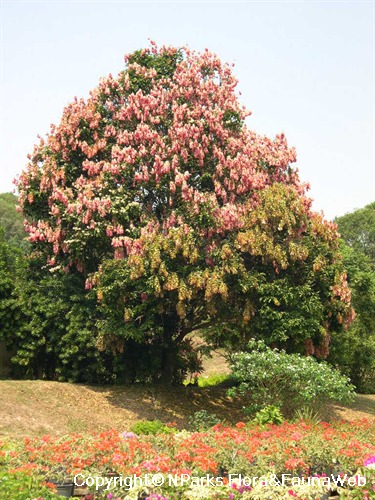
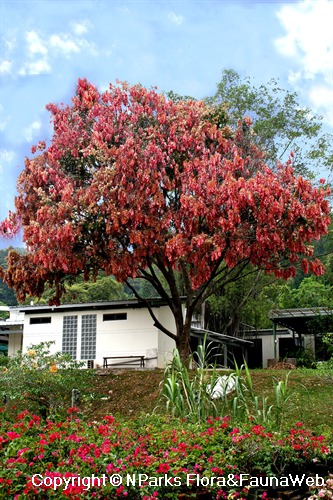
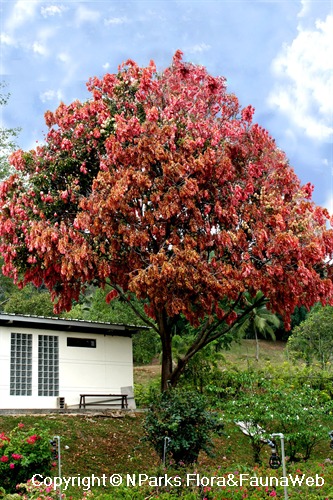
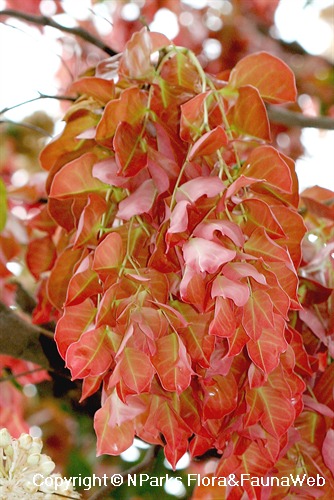
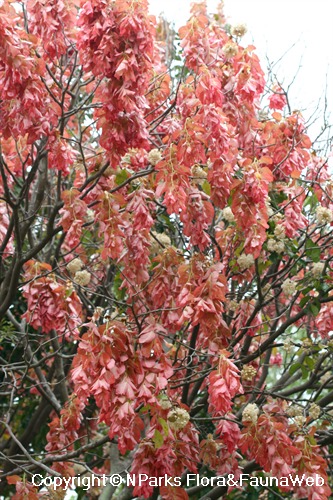
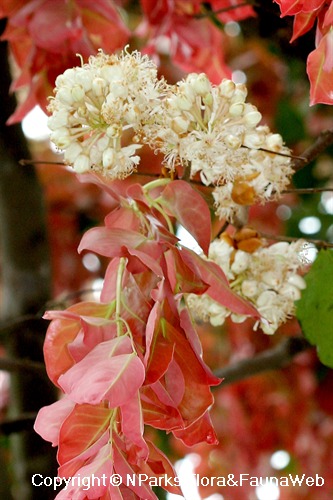
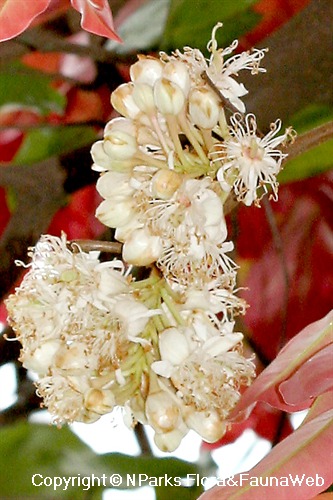

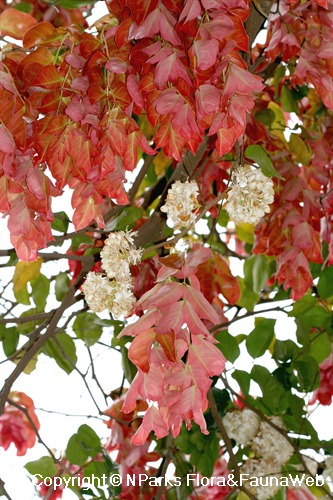
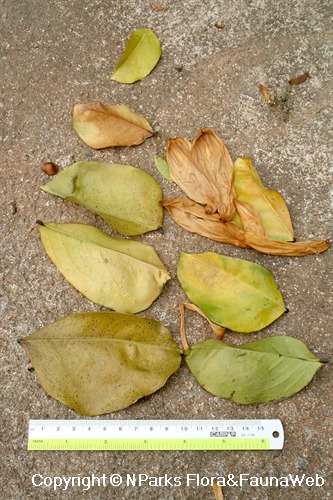
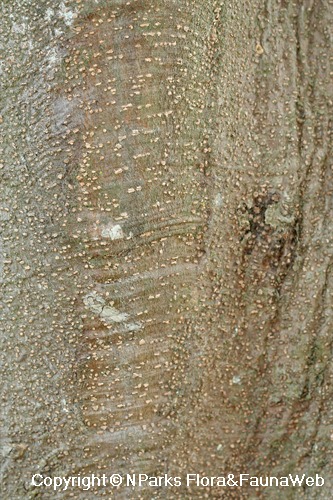
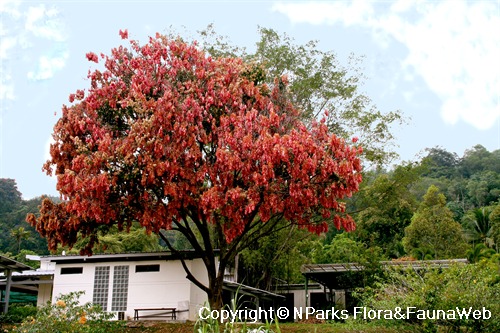
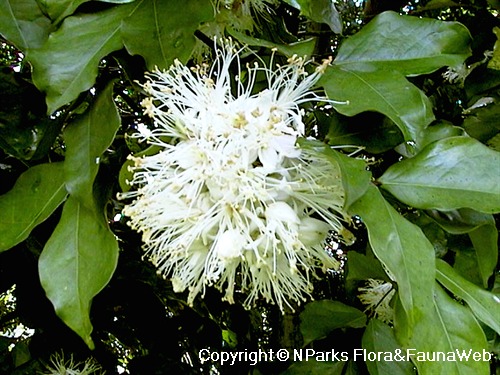
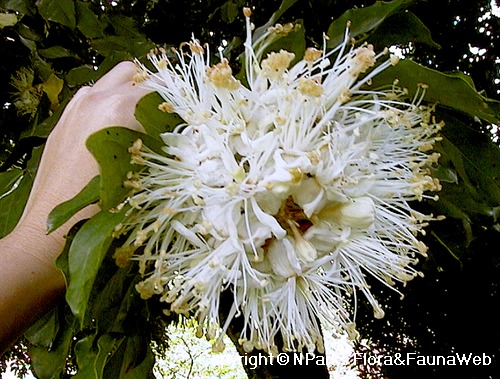
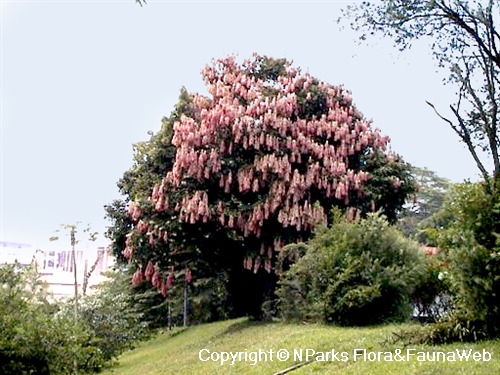
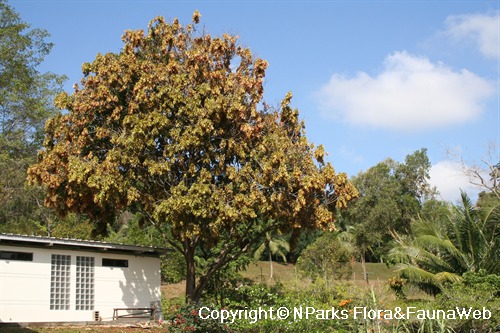
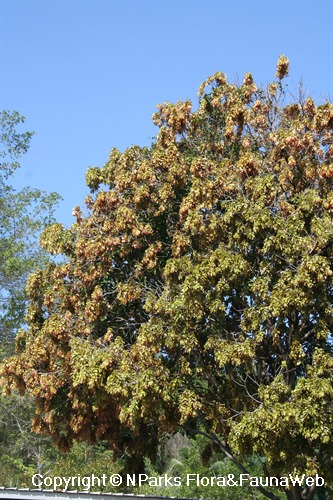
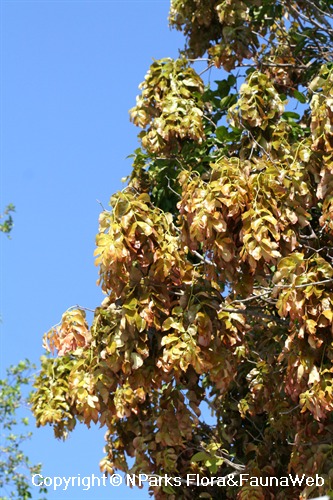
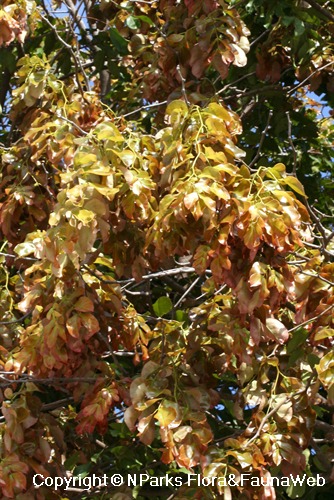
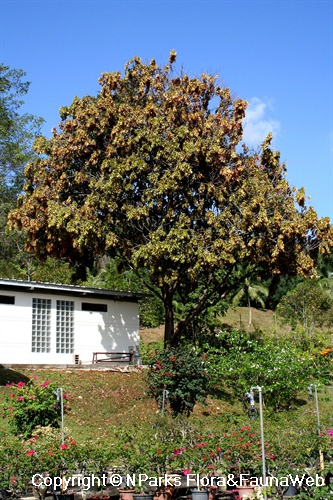
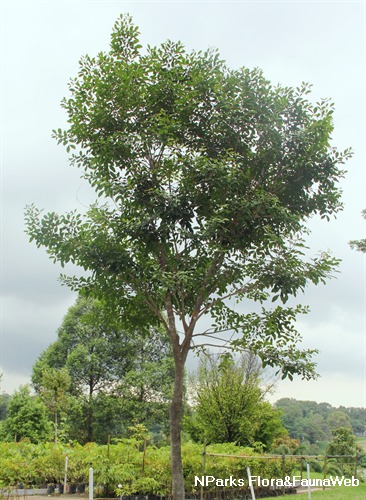
_lowres.jpg)